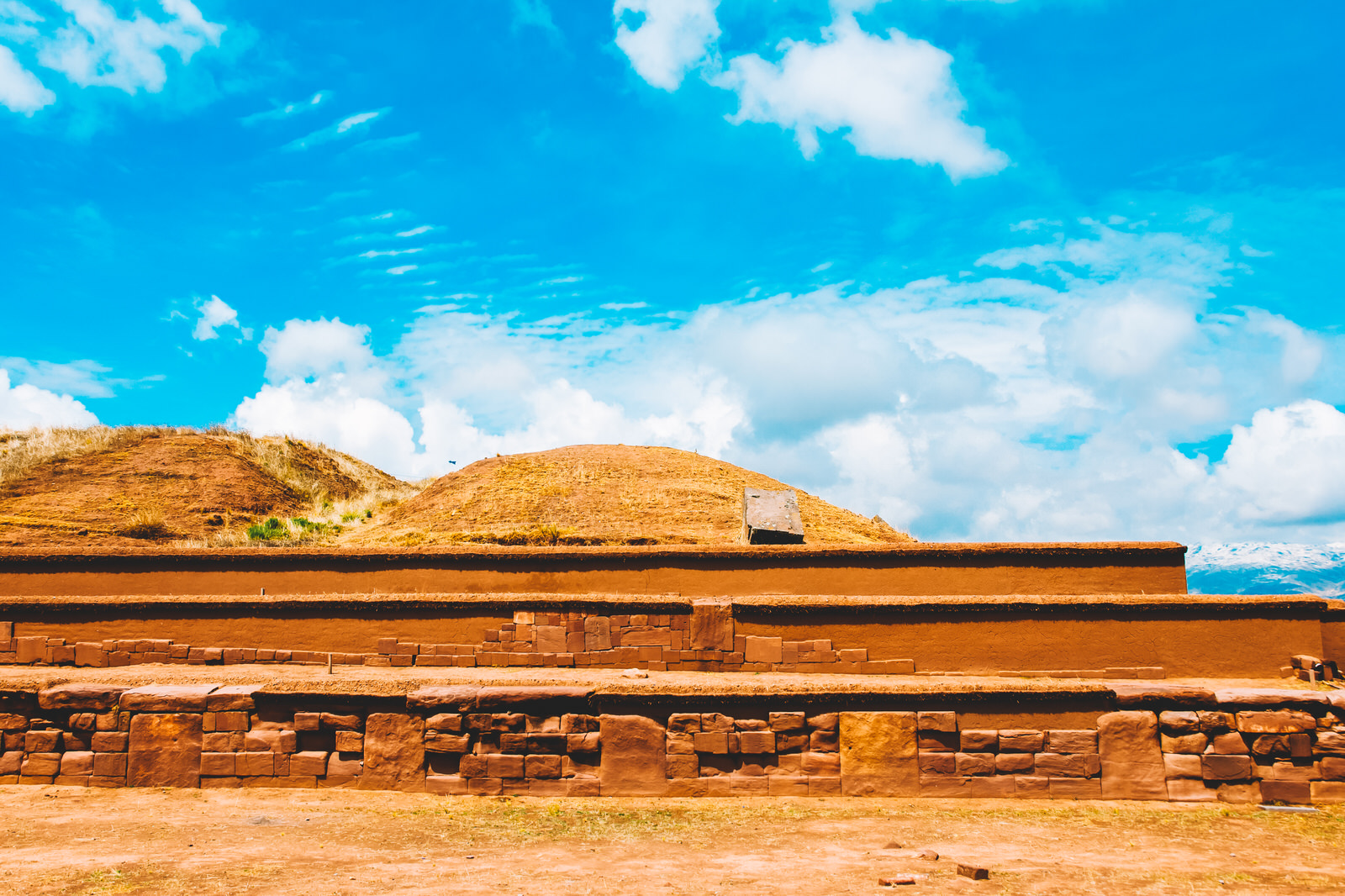The basis of the Tiwanaku economy throughout the existence of civilization was agriculture.
But in 1150 AD. e., according to scientists, there have been dramatic climate changes. Europe was flooded with rain, and not a drop of rain fell on the Andean highlands of modern Bolivia. For Tiwanaku, a period of decline began, people left the city and took refuge in small mountain villages.
In 2005, an underground city in Mount Timoko was discovered on Lake Titicaca – the last refuge of the Tiwanaku people. This underground city sheltered up to 8 thousand people who lived in branched labyrinths for almost 200 years – until 1400. But in 2009, most of the buildings of the Tiwanaku people were destroyed by an earthquake.
Inca legends brought us the most interesting information, telling us that the first Inca rulers who founded Cuzco came from the sacred Tiwanaku and were declared Gods. It is noteworthy that the gods founded the capital of the Incas around 1200 (20 years after the disappearance of Tiwanaku) and in a few years created a powerful Empire that became the greatest community of South American peoples of all time.
Today, some researchers, not finding an explanation for many phenomena, associate the emergence of the Inca Empire with unearthly civilizations. The city of Tiwanaku itself is the most mysterious link in the chain of inexplicable events and phenomena in the history of the Earth, one of the most mysterious places in the world.

I would like to believe that soon humanity will find answers to at least some of the questions related to the amazing civilization that stood at the origins of the birth of the peoples inhabiting South America today.
Akapana Pyramid
One of the main historical attractions of Bolivia and the dominant structure of the Tiwanaku complex is the sacred pyramid “Acapana” (Spanish Piramide de Akapana), which in the Aymara language means “Place where people die.” For the civilization of Tiwanaku, this “Sacred Mountain” – the Temple of the goddess Pachamama (in Quechua Pachamama; Mother Earth) – was the center of the city and the World.
The first building of the ancient city is a 17-meter multi-level pyramid (7 steps) with a base length of about 200 m. At the top of the pyramid, a cruciform pool was built, and inside the structure there is a complex system of zigzag stone channels, which are docked and aligned at the corners with jeweler’s precision.
The water from the basin flowed into the canals. The purpose of these pipelines, made with the greatest care, has not yet been clarified. Due to significant destruction, the purpose of the pyramid is also unclear.
During the times that have passed since the conquest, about 90% of the facing slabs of the structure were broken out for construction purposes.
In order to attract tourists, the authorities of the country took up the restoration of Akapana, using mud bricks, which can lead to the destruction of the monument. In addition, after changing the original appearance of the pyramid during a mediocre restoration, it is likely to be excluded from the list of UNESCO protected sites.
Kalasasaya temple
To the north of the Akapana pyramid is the main building of Tiwanaku – the Kalasasaya Temple (Spanish: Templo de Kalasasaya; with aim. “Standing Stones”). The open Temple is rectangular in shape, the walls of which were built of giant blocks of red sandstone and andesite (many weighing more than 40 tons) with a slight slope towards the center of the building, which testifies to the unusually high professionalism of Tiwanaku engineers.
Presumably, the building was used for astronomical observations and played the role of an accurate stone calendar. Excess water from the top of the structure was diverted through a system of drains. The temple was equipped with unique means of communication – holes carved in stone in the form of a human ear. By placing the ear correctly in such a hole, one can hear what is said at a considerable distance.

Gate of the Sun
Inside the Kalasasaya Temple, in its far northwest corner, is the most imposing stone monument of the Tiwanaku culture, the Gate of the Sun (Spanish: Puerta del Sol), carved from a monolithic block of grey-green andesite. The Colossal Gates (weighing about 44 tons, 3 meters high, 4 meters wide, 0.5 meters thick) were split into 2 parts.
Since the axis of the Kalasasaya Pyramid is oriented from east to west, some scholars hypothesize that the Gate of the Sun may have originally been installed in the center of the Temple.
The entire surface of the stone gates is covered with intricate carvings – skillfully carved signs and symbols. Above is a human incarnation of the sun with scepters in his hands – symbols of power; the 12 months of the year are engraved at the bottom, exactly corresponding to the modern calendar. On the opposite side of the Gate, deep niches are carved, presumably for sacrifices.
